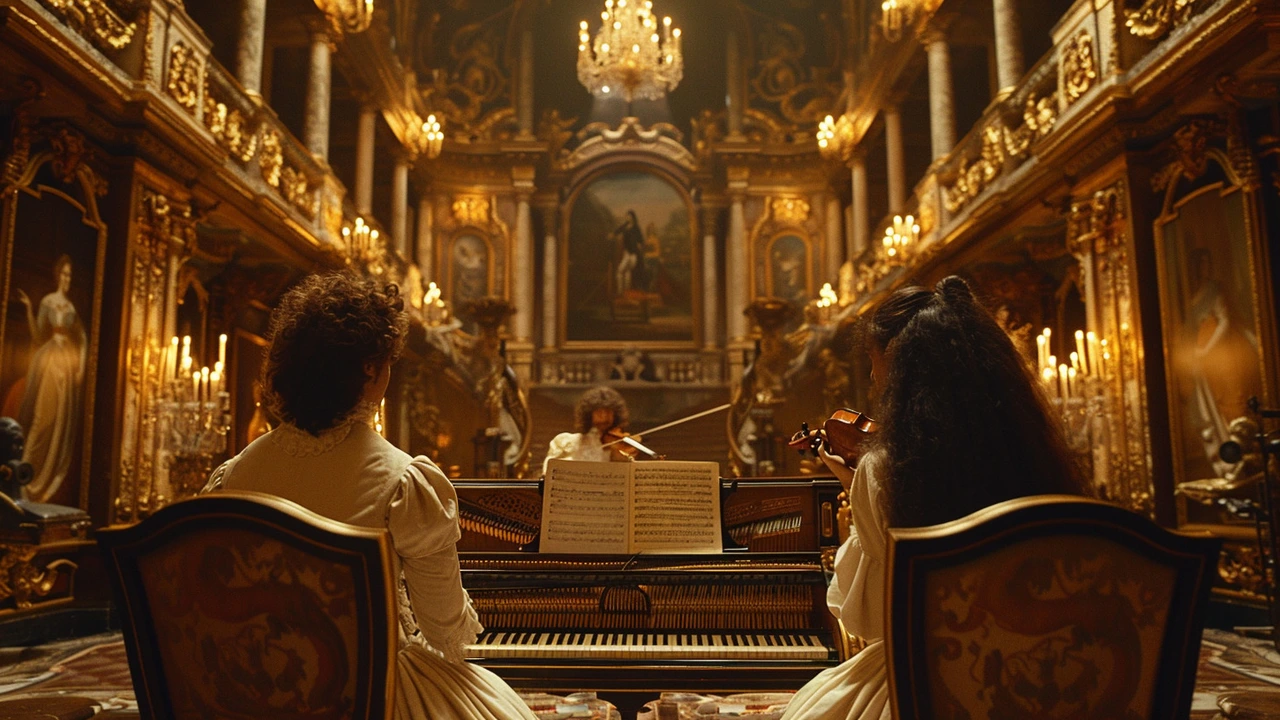18th Century Architecture: How to Spot Georgian, Rococo and Neoclassical Style
The 1700s changed how buildings looked and how people lived. If you walk through many old towns you'll see clean symmetry, playful ornament, or grand classical fronts — all fingerprints of the 18th century. This page helps you recognize those clues, explains why they mattered then, and shows simple ways those styles still influence homes and cities today.
Key styles to spot
Georgian is the easy one to pick: balanced facades, evenly spaced windows, and a centered door often with a decorative crown or small porch. Think brick or painted wood, simple cornices, and sash windows. Georgian rise in the 18th century and shaped whole neighborhoods in Britain and the American colonies.
Rococo is lighter and more decorative. Look for curved lines, floral details, and ornate interiors — chandeliers, mirrors, gilded plasterwork. Rococo shows up mostly inside grand houses and palaces, but its playful motifs appear in smaller decorative pieces and coastal homes with refined trims.
Neoclassical returned to ancient Greek and Roman rules: big columns, triangular pediments, and plain surfaces that read as formal and monumental. It began in the late 18th century as a reaction to Rococo’s excess, and you’ll see it on public buildings, town halls, and stately homes.
Practical tips for lovers and renovators
If you want to use 18th-century ideas today, pick one main theme and keep details consistent. For a Georgian look, focus on symmetry and proportions: match window sizes, center the entry, and use muted colors. Want Rococo touches? Add carved moldings or a statement mirror to a modern living room rather than overdoing gold leaf.
Restoring older houses? Check cornices, window frames, and original trim before replacing them. Small repairs that repeat existing profiles keep the character without huge cost. For new builds inspired by the period, use classical elements at key focal points — a columned entrance or balanced row of windows — and pair them with contemporary materials for better energy performance.
Where to see examples: Georgian streetscapes, colonial houses, palace interiors with Rococo rooms, and civic buildings with Neoclassical fronts. On this site you’ll find deeper reads on Georgian influence, Rococo decor tips, Baroque and Neoclassical ideas, plus practical guides for preservation and modern adaptation.
Want a quick field test? Measure window spacing and count decoration layers. Symmetry and restraint point to Georgian or Neoclassical. Curves and playful ornament point to Rococo or late Baroque. Use that and you’ll start spotting 18th-century design everywhere — in old cities, country estates, and even in updated modern homes that borrow a classic line or two.

Exploring Rococo: The Golden Age of French Art
Rococo, often considered the golden age of French art, emerged in the early 18th century. This style is known for its ornate details, playful themes, and light-hearted elegance. The movement spread beyond France, influencing various European art forms. This article delves into the origins, characteristics, notable artists, and lasting impact of the Rococo period.
Read more